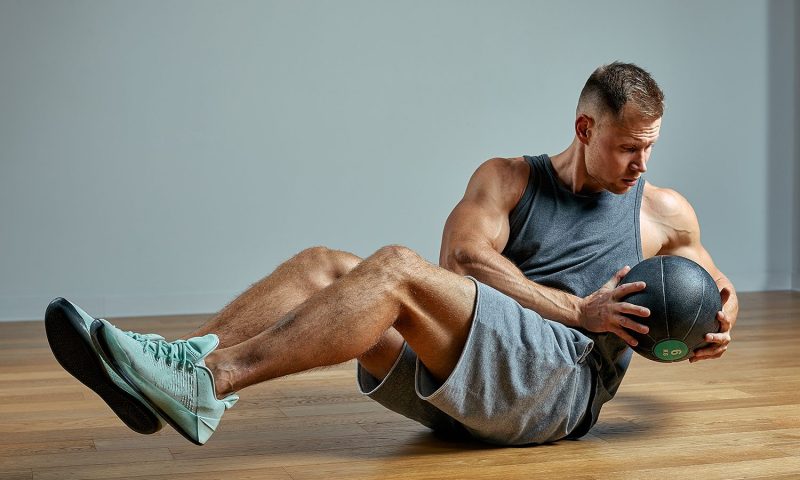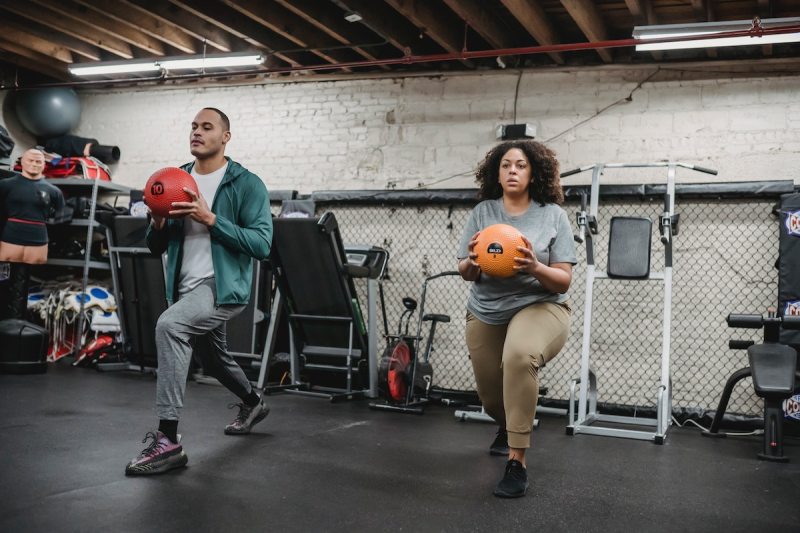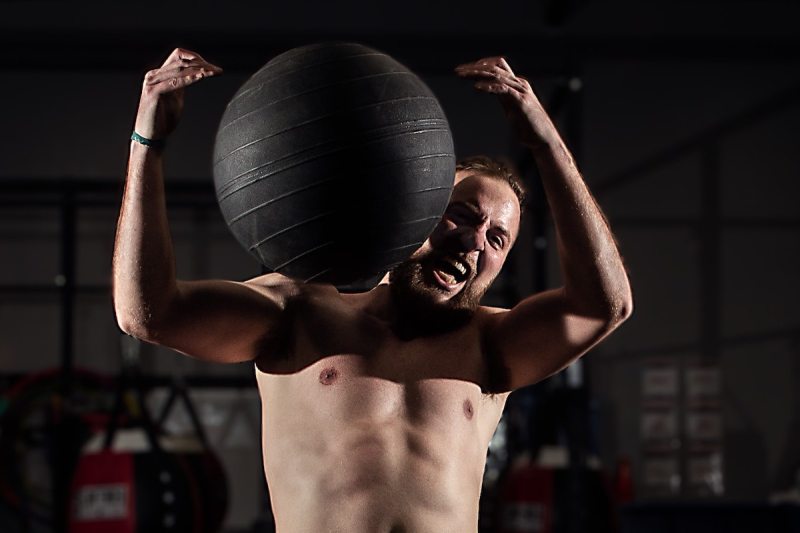Whether you are looking to build strength or improve your endurance, a medicine ball can be an excellent tool for helping you reach your goals. While there are a lot of choices when it comes to workout equipment, as a personal trainer, I like to remind my clients that fitness can be kept simple. So, if you have access to a single medicine ball, give each of these three workouts a try for a fitness challenge!
3 brutal full-body medicine ball workouts

Slam and sprint circuit
This explosive combo torches calories and builds power. Do 10 medicine ball slams, sprint 40 yards, then walk back to recover. Repeat for 10 rounds. Make sure you slam the ball with full force, using your whole body — legs, core, and arms. Choose a non-bouncy ball and a surface that can take the impact.
The 30-20-10 challenge
Complete 30 wall balls (squat followed by an overhead throw), 20 Russian twists (each side), and 10 overhead presses. Rest for one minute. Repeat for four to five rounds. This sequence hits your legs, core, and shoulders hard, especially when done with minimal rest and a moderately heavy ball.
The grinder carry
Hold the medicine ball at your chest and walk for 200 meters. Every 50 meters, stop and do 10 squats. Complete three to four rounds. The carry taxes your grip and posture, while the squats pile on lower-body fatigue. No dropping the ball until the set is done to see the best results.
Why does the medicine ball deserve a spot in your routine?

The medicine ball is one of the most underrated tools in fitness. It’s simple, durable, and incredibly versatile — perfect for explosive movements, strength work, and conditioning all in one. In fact, an NIH study also found that “medicine ball training can provide greater sport-specific training improvements in the upper body.”
Whether you’re slamming it, carrying it, or throwing it, you’re engaging your entire body with every rep. Unlike machines or barbells, medicine balls challenge coordination, grip, and real-world power. They’re also portable and space-efficient, making them ideal for home gyms or outdoor training. Best of all, they’re beginner-friendly but brutal enough for advanced athletes. If you want raw, effective workouts without a complicated setup, the medicine ball belongs in your rotation.
How to choose the right medicine ball for your fitness level

Choosing the right medicine ball comes down to weight, type, and your fitness goals. Beginners should start with a lighter ball — around six to 10 pounds — to focus on form and speed without sacrificing control. If you’re doing slams, look for a no-bounce or dead ball to prevent it from rebounding dangerously. For wall balls or dynamic throws, use a softer, larger ball that’s easier to catch.
Advanced athletes may want to use 15 to 20 pounds for more resistance, but keep in mind that heavier isn’t always better — explosive power relies on speed. Aim for a ball that challenges you while allowing clean, consistent movement from start to finish.
Tips for getting the most out of medicine ball training

- Focus on full-body movements: Use exercises like slams, wall balls, and carries to engage multiple muscle groups and boost intensity.
- Move with intent: Every throw, slam, or squat should be explosive; don’t just go through the motions.
- Watch your form: Keep your core tight, back straight, and knees tracking over your toes during all lifts and throws.
- Choose the right weight: The ball should be heavy enough to challenge you but light enough to maintain speed and control.
- Use different planes of motion: Incorporate rotational throws or side-to-side slams to build functional strength.
- Train barefoot or with flat shoes: These options improve ground connection and power transfer during explosive moves.




